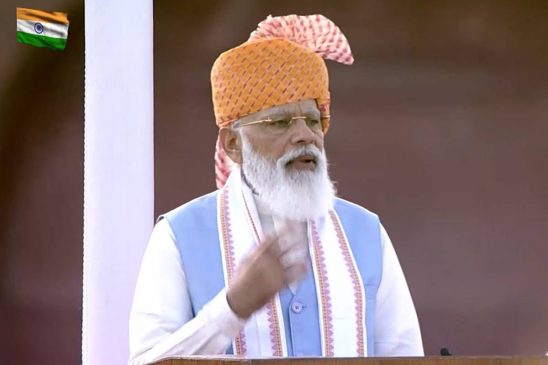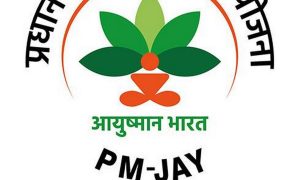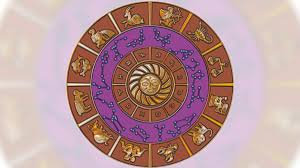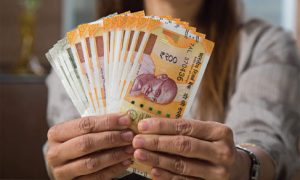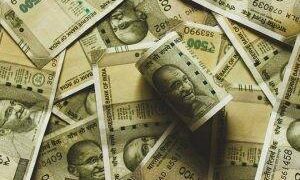One of the key highlights of PM Modi speeches during Independence Day has been the announcements made from launching flagship schemes to outlining strategies for inclusive growth and development.
Prime Minister Narendra Modi’s annual Independence Day speeches from the Red Fort have become a significant platform for unveiling policy and laying out ambitious plans for the country. These speeches over the past decade have showcased a blend of ambitious reforms aimed at transforming various sectors of the economy, enhancing social welfare, and strengthening national security. The annual addresses by PM Modi have also been instrumental in setting the tone for the government’s priorities and vision for the nation. One of the key highlights of these speeches has been the announcements made from launching flagship schemes to outlining strategies for inclusive growth and development.
Read More: Delhi Airport’s new state-of-the-art Terminal 1 to be operational from August 17
Here’s a look at some of the major policy announcements made by PM Modi during these annual addresses.
Swachh Bharat Abhiyan
PM Modi initiated the Swachh Bharat Abhiyan on August 15, 2014, during his first Independence Day speech. This national campaign targets 4041 towns in India to enhance cleanliness by cleaning streets and infrastructure. The official launch took place on October 2, 2014, at Rajghat in New Delhi, where PM Modi led by example, cleaning a road himself. This initiative, India’s largest cleanliness movement, focuses on eradicating open defecation, enhancing solid waste management, and advocating for sanitation nationwide. The Swachh Bharat Abhiyan aims to transform India’s cleanliness standards and promote a healthier environment for all citizens.
Make In India
PM Modi’s 2014 address marked the launch of the Make in India initiative, designed to elevate manufacturing and entice foreign investments. This strategic move aims to bolster India’s industrial prowess, streamline business operations, and position the nation as a key player in global manufacturing. The initiative spans across crucial sectors such as defence, electronics, and automobiles, fostering growth and innovation. By prioritizing local production and fostering a conducive business environment, Make in India paves the way for India towards becoming a prominent manufacturing destination on the world stage.
Read More: GST Council to meet on Sept 9, to start discussion on rate rationalisation
Start-up India, Stand up India
Prime Minister Narendra Modi introduced the ‘Start-up India, Stand up India’ initiative on August 15, 2015, with the aim of encouraging bank financing for start-ups and offering incentives to foster entrepreneurship and job creation. In his address on the 69th Independence Day, PM Modi emphasized the need for systems that support start-ups, envisioning India as a leader in this domain. The initiative, launched in 2016, comprises two key programs: Start-Up India and Stand-Up India.
Start-Up India focuses on establishing a conducive environment for new and innovative businesses nationwide. The program aims to nurture a vibrant start-up ecosystem, fostering creativity and growth in the entrepreneurial sector.
On the other hand, Stand-Up India specifically targets underrepresented groups, providing tailored support to ensure diversity and inclusivity in entrepreneurship.
Read More: Maruti Suzuki Gets Rs 3.8 Cr Show Cause Notice From Customs Authority
Digital India Initiative
PM Modi’s 2016 Independence Day speech highlighted the significance of the Digital India campaign. The campaign’s objective was to bolster digital infrastructure nationwide, facilitate e-governance, and boost digital literacy. Digital India has synergized with government schemes like Make in India, Startup India, and Atmanirbhar Bharat, boosting the economy and positioning India as a global hub for tech innovation and manufacturing.
The country has become a leading global fintech ecosystem, thanks to robust digital public infrastructure (DPI) models like the unified payments interface (UPI).
The initiative focuses on nine pillars: broadband highways, universal access to mobile connectivity, public internet access programme, e-governance project, the electronic delivery of services (e-Kranti), information for all, electronics manufacturing, IT for jobs and early harvest programmes.
Vocal for Local
Prime Minister Modi, in his 74th Independence Day address from the Red Fort, introduced the ‘Make for World’ mantra, aligning it with his flagship ‘Make in India’ initiative. He emphasized the importance of ‘vocal for local,’ urging citizens to support and appreciate local products for the nation’s growth. Modi stressed that boosting local manufacturing and reducing import dependency are crucial for India’s self-reliance, especially in the face of the global pandemic.
Reiterating the significance of the Atmanirbhar Bharat Abhiyan, launched on 12 May 2020, PM Modi outlined its objectives to enhance local manufacturing capabilities and bolster the economy across sectors.

